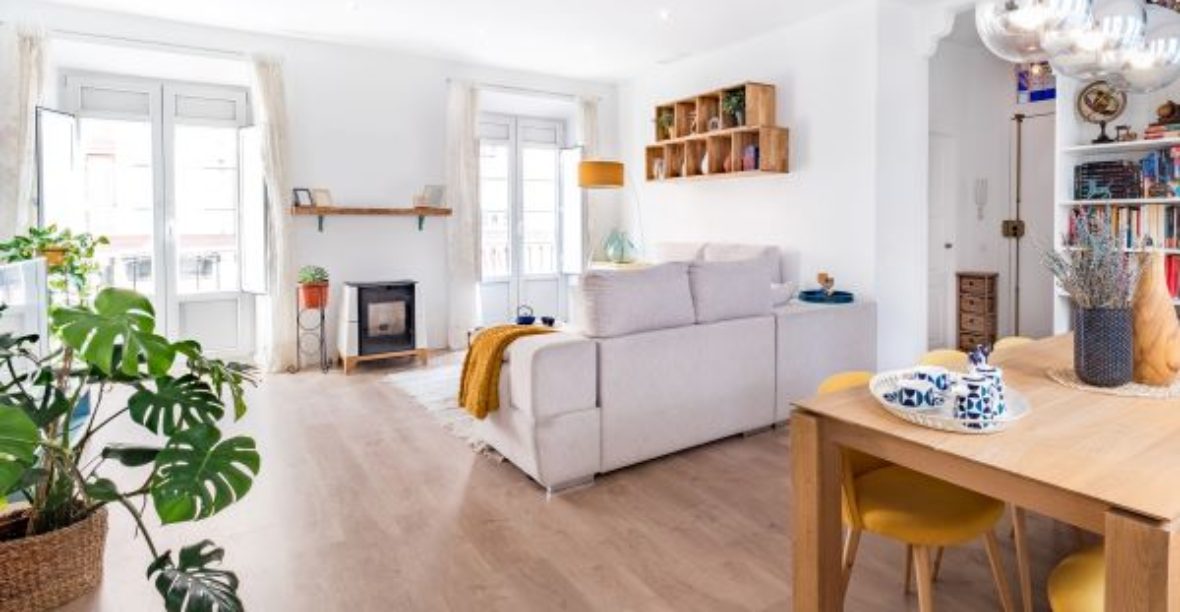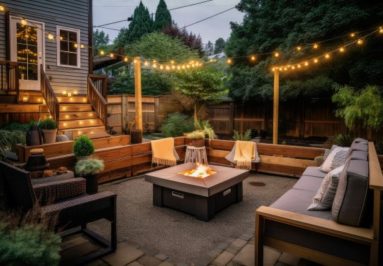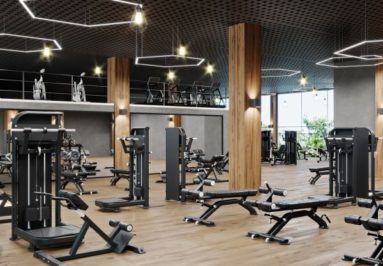In a few months, we will be welcoming the summer season which means gorgeous weather, relaxing by the pool, or even a fun vacation. For Airbnb hosts, it brings in substantial business as summertime is when sales tend to hit their peak! Airbnb has taken the rental world by storm and seriously disrupted the hotel industry. If you’re among the hundreds of thousands who have listed their property for rental on Airbnb, you’ve got to do something to make your place stand out from the competition.
Soundproofing, especially if you’re leasing a private room in a larger apartment or home, can make all the difference for vacationers looking for a quality place to stay. Rack in those 5-star reviews with these simple soundproofing tricks.
Using Carpet for Acoustic Treatment
One of the easiest ways to add a little sound treatment to any room is to choose carpets over hard flooring. Sound waves thrive by bouncing off of hard surfaces, making a racket until they eventually wear out and dissipate. You can avoid this by installing carpeting in your rental home or room. The carpet will absorb soundwaves and muffle the overall noise in the room.
If wall-to-wall carpeting is out of the question, you can achieve a similar effect by layering a few smaller, throw rugs or area rugs with thick rug pads and laying them around the room. This should make a significant difference in the amount of echo present within the rental, and will result in some more satisfied guests.
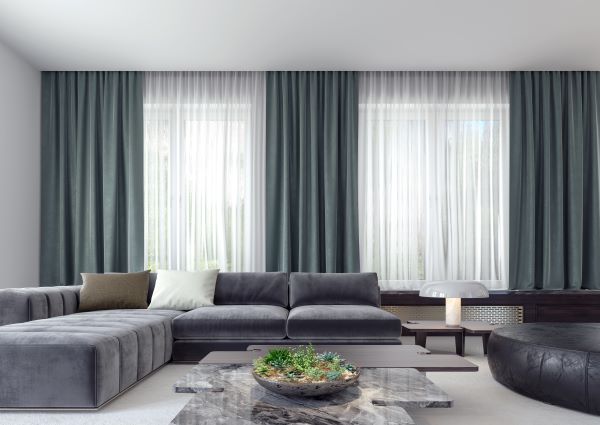
Furthermore, carpet with padding can improve the IIC of floors, meaning that you won’t hear loud walking on the ceiling above you! If have a multi-story rental property, your guests probably won’t like hearing footfall from above while trying to relax on the lower floor. Carpeting acts as a cushion to absorb the impact of footfall from above.
Although effective, you can get better results at reducing impact noise from footfall by using sound underlayments. A sound underlayment can be installed either under the finish floor or over finish floor with a new layer on top, depending on how much construction you’d want to do.
Soften Surfaces in Rental With Furniture and Blankets
Absorb even more soundwaves by adding a few plush pieces to the space. Soft couches and armchairs are great ways to add comfort while improving sound quality. The more furniture (especially soft furniture) that you have in a room, the better the sound quality will be. Most plush furniture works to absorb sound, which is why you don’t typically hear too much echo in people’s homes.
If you can’t spring for new furniture for your rental place, get creative! There are a ton of ways to eliminate hard surfaces without the expense of a remodel.
Oversized floor cushions are a more affordable way to soften things out than a brand-new couch. You can also place throw pillows on kitchen chairs, hang decorative quilts and curtains, or cover tables with thick tablecloths.
If you have a Great Room, or other large spaces that have excessive reverberation, consider using acoustic panels to absorb unwanted echo.
See Similar: How to Aesthetically Soundproof a Room
Seal Sound Leaks with Acoustical Caulk
Cracks and gaps in the walls are often over-looked culprits of a noise problem. Check carefully around your rental’s walls and mark any weak spots you notice. Then, seal them up with some caulk or even a soundproofing sealant. Once these noise leaks are blocked, outside noise will have a much harder time finding its way into your space.
Acoustical caulk is very popular amongst DIYers when trying to soundproof a rental without any construction. While it does work well to seal sound leaks, some walls or windows may required more work than that. For example, you can use as much acoustic caulk as you want around windows, but glass has such a low STC rating, that sound is just going to get in that way.
Another thing to consider would be soundproof curtains to help soundproof your windows if simply sealing the gaps isn’t as effective as expected.
Soundproof Door Panels to Muffle Noise Between Rental Units
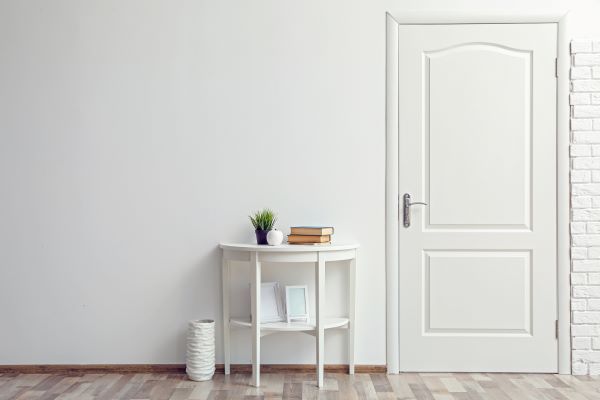
If you’re renting out a private room or an apartment attached to a main house, chances are noise is flowing between rooms via doorways. Hearing the host’s every movement can quickly cause an otherwise satisfied renter to leave a poor review. If there are any shared doors within your rental space, it’s worth it to invest in soundproof panels to hang over the door, especially if the adjoining door is hollow-core. These panels will block most noise from moving between rooms, making for a more private and enjoyable stay for your guest.
In addition to a soundproof door cover, also consider adding door sweeps and seals to the adjoining door. A door sweep will seal any gaps that might be present at the bottom of a door, while door seals do the same around the top and sides of a door.
Soundproofing 101: How to Get More Bookings on Airbnb – Conclusion
Renting out a room or property on Airbnb is a great way to make some extra cash, but a few bad reviews could ruin your potential for future guests. Follow these soundproofing tips to create a better stay and have your place ranking above the competition. Let’s review the many ways you can soundproof your space:
- Using Carpet for Acoustic Treatment
- Soften Surfaces in Rental with Furniture and Blankets
- Seal Sound Leaks with Acoustical Caulk
- Soundproof Door Panels to Muffle Noise Between Rental Units
Do you use soundproofing in your Airbnb or rental space? Let us know in the comments below!

